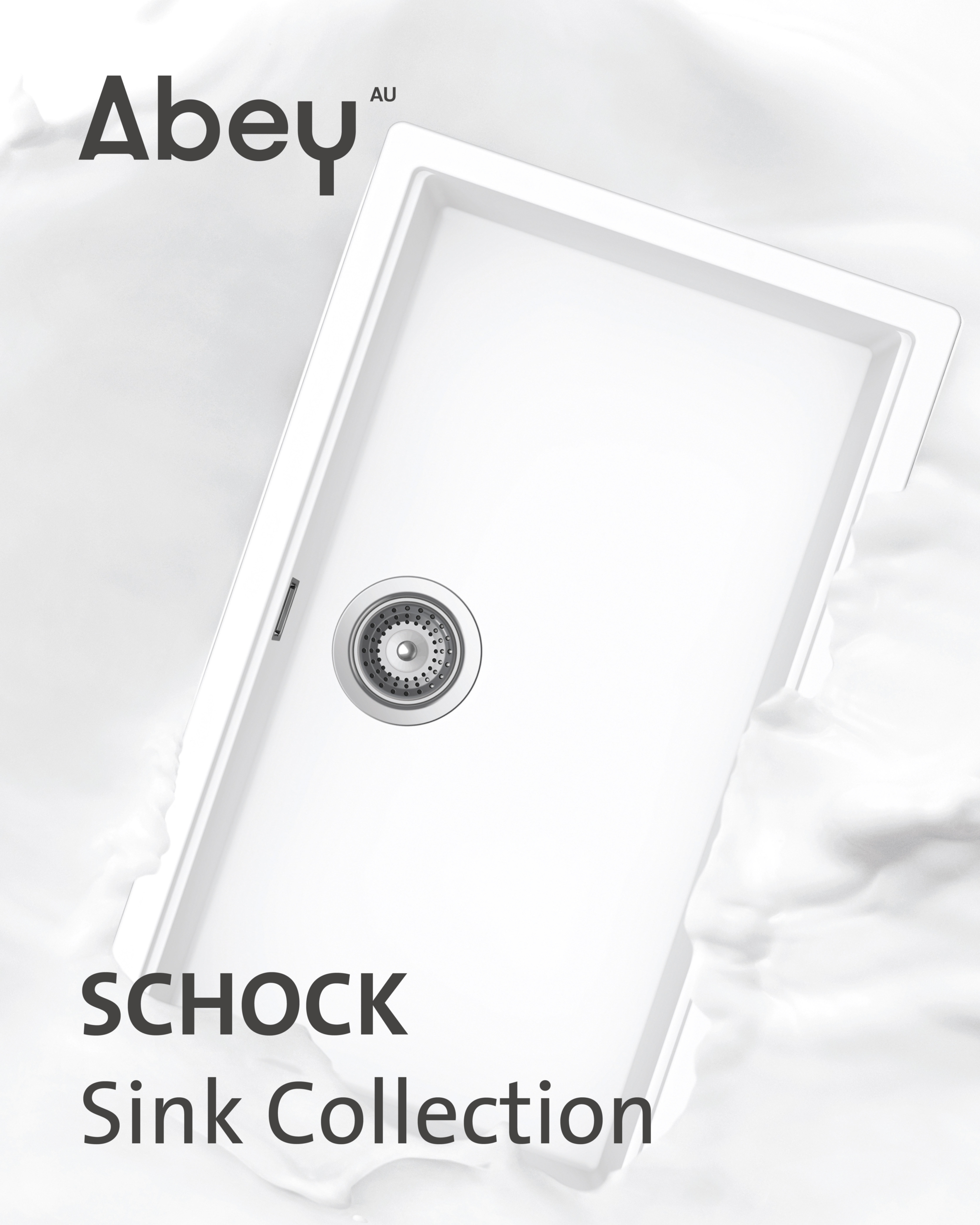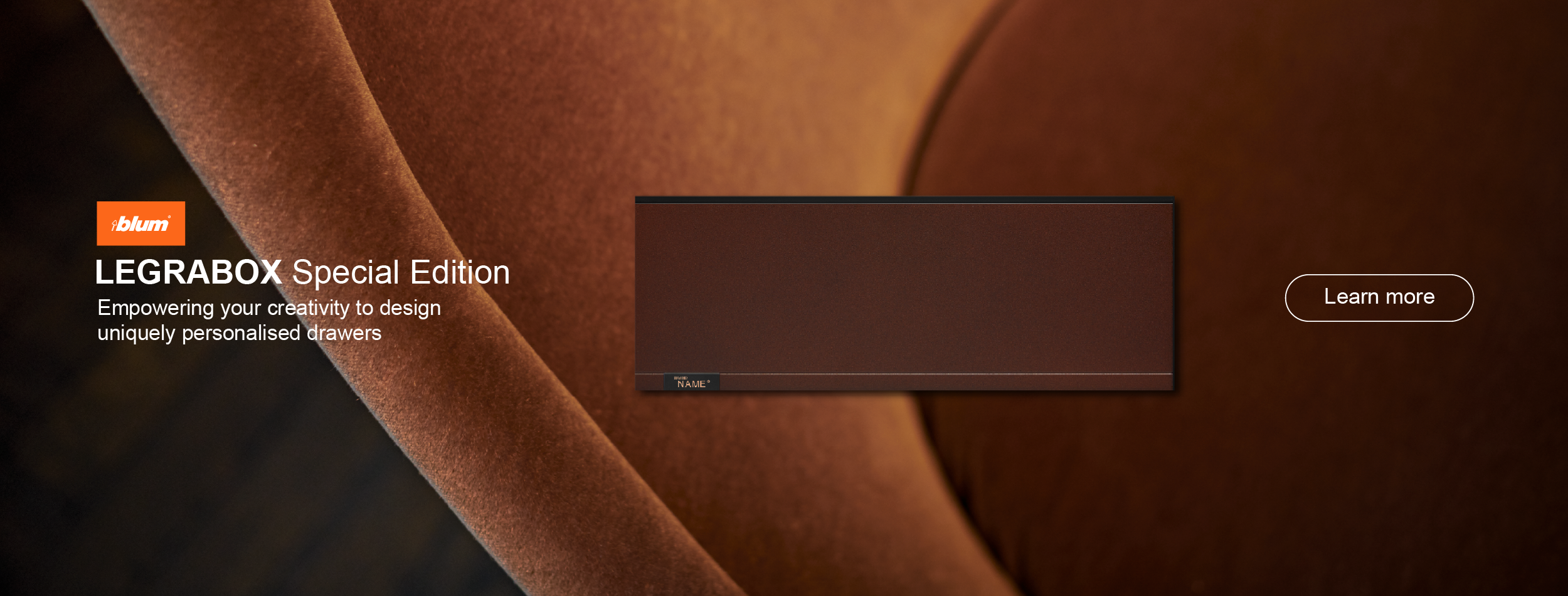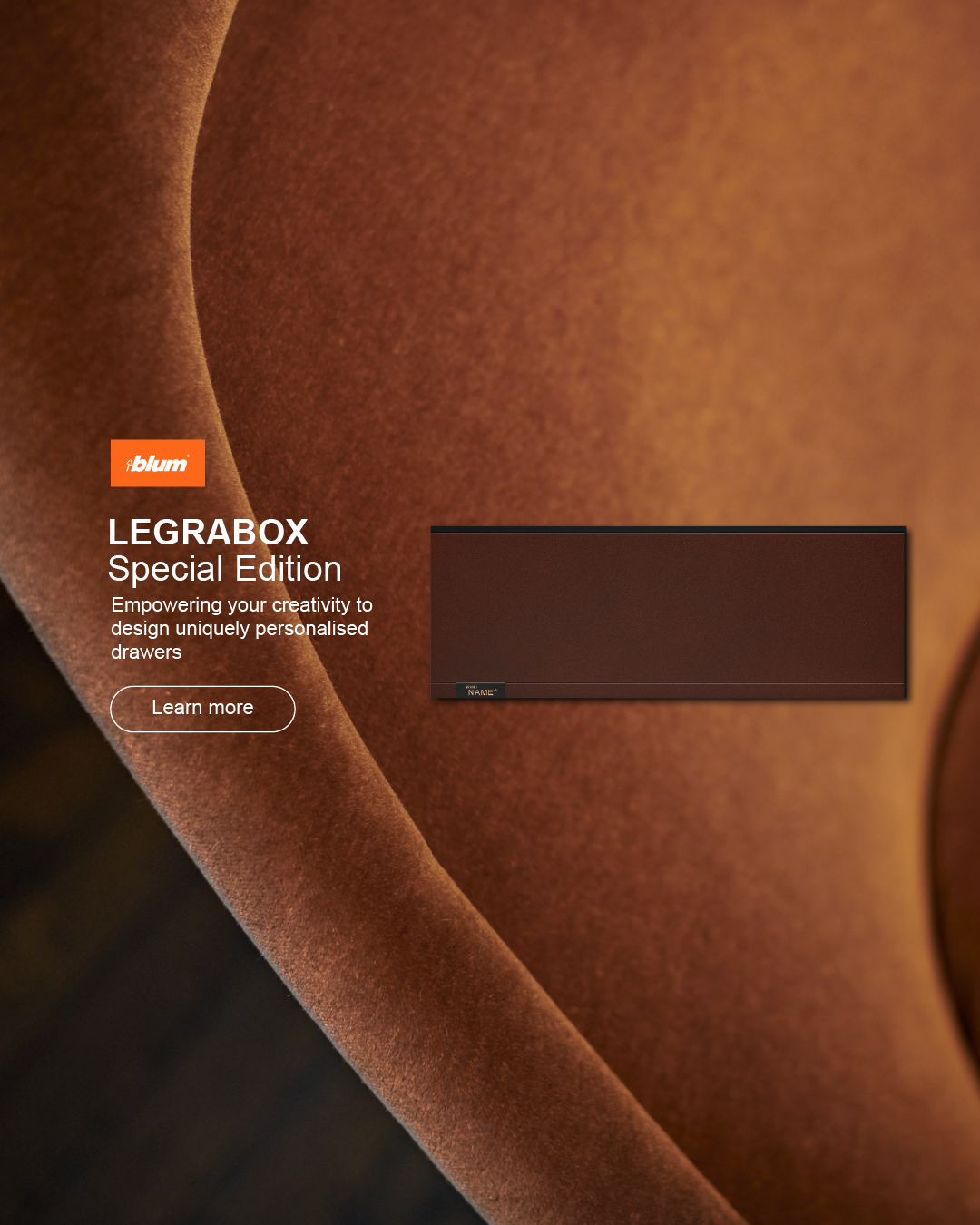
An Immersive Anchorage – Lower Shotover by Bureaux
There is a certain romance to the evocative nature of a changing landscape – the dancing into one season and awaiting of the next. Idyllically positioned amid a relief of surrounding slopes, Lower Shotover becomes a place of pause and contemplation – a sheltered and anchored viewfinder. Bureaux gives flight to the notion of the magnetic energy of place, ensuring the architecture that engages with it plays its due part.
Excited by the opportunity to engage with a distinctive location and spectacular outlook, the Bureaux team – led by project architect Joshua Dean alongside Co-Founding Directors Maggie Carroll and Jessica Barter – sought to respond fittingly to such a unique landscape. “We wanted to create something that had a real sense of drama, controlling sunlight and framing views, revealing and concealing as you move through the spaces,” Jessica says. “There are so many sensory layers to the house that are quite powerful, and that excited us.” Originally intended primarily as a holiday home for shorter stays, after visiting and falling in love with Lower Shotover, the owners made this their permanent home not long after completion. “It was the pull to a more wholesome lifestyle and connection to nature,” she explains. “The clients wanted a sense of permanence and a place that could become the centre of the world for them.”
In response to the brief for a moody and rich family home that spoke to the area and the site, the building sits nuzzled into the terrain, using the natural and gentle fall of the hill to anchor the form within the landscape, protected through its weighted natural materiality whilst being open to the view. Aligning with the landscape, the house evolved from understanding how best to orient it to feel truly immersed in its surrounds. “Such a strong view led to a linear plan,” describes Jessica. “The design takes shape as essentially two long gabled forms that are offset with a flat green roof that sits over the two forms and binds them.” She recalls firstly investigating traditional musterer’s quarters, “and how the rocks all stacked on top of one another yet bunkered into the hillside – we wanted to create a home that very much fit into the winter season, as well as reinforcing a sense of enclosure in place.”
This imperative is evident in the sensory and emotional engagement between building and landscape. “From the outset, as you approach the entry, you walk up a loose gravel path of local rock – which is reflective of many driveways and paths in the area – and there is a beautiful crunching underfoot that mimics the sound of walking over snow, while a wall of freshly chopped wood emits its own forested scent,” Jessica describes. Then, stepping inside the building, a feeling of it being carved into a hill is emphasised as “the sense of drama created through the darkened materials is amplified again and again through the level changes and the increasing of volumes internally.”
Underpinning the home is an integral sense of generosity, resulting in a series of open, connective interior spaces all leading from one into the other. “We designed the house around the kitchen,” says Jessica. “It sits up on a stage above the living room, which then steps down into the dining and living areas, with a double-sided fireplace connecting them.” Fire plays a significant role in how the home functions and feels; both as a primal reminder of being so removed and as a signifier of warmth and nurture, its significance is interpreted in multiple ways throughout. Along with the internal fireplace, the traditional electric oven was accompanied by a wood stove at the last minute to further emphasise this expression.
When faced with a spectacular view, the tendency is to encase the exterior in glazing to capture every possible outlook. The approach here is more curated, embracing the tension between enclosure and openness. Moving through and experiencing the spaces, “there is a real power to the compression and release that happens,” Jessica says, “as the high gabled volumes where the ceiling opens up and the floor drops give way to the view.” A more weighted materiality sees monolithic gestures frame the transitions between inside and out and direct the view, whilst also preserving an element of importance for the intimacy of the interior.
Pushing back into the landscape, Lower Shotover feels at once protected and protective.
Pushing back into the landscape, Lower Shotover feels at once protected and protective. The low, linear form sits comfortably in its siting whilst internally, the nuanced insertion of quality fittings, well-designed furnishings, the warmth of oak and Oregon timber and the subtleties of muted travertine stone further ingrain the considered nature of the home. Cultivating unexpected drama within its restrained essence, it is the ideal position to watch the world, and the seasons, pass by.










































